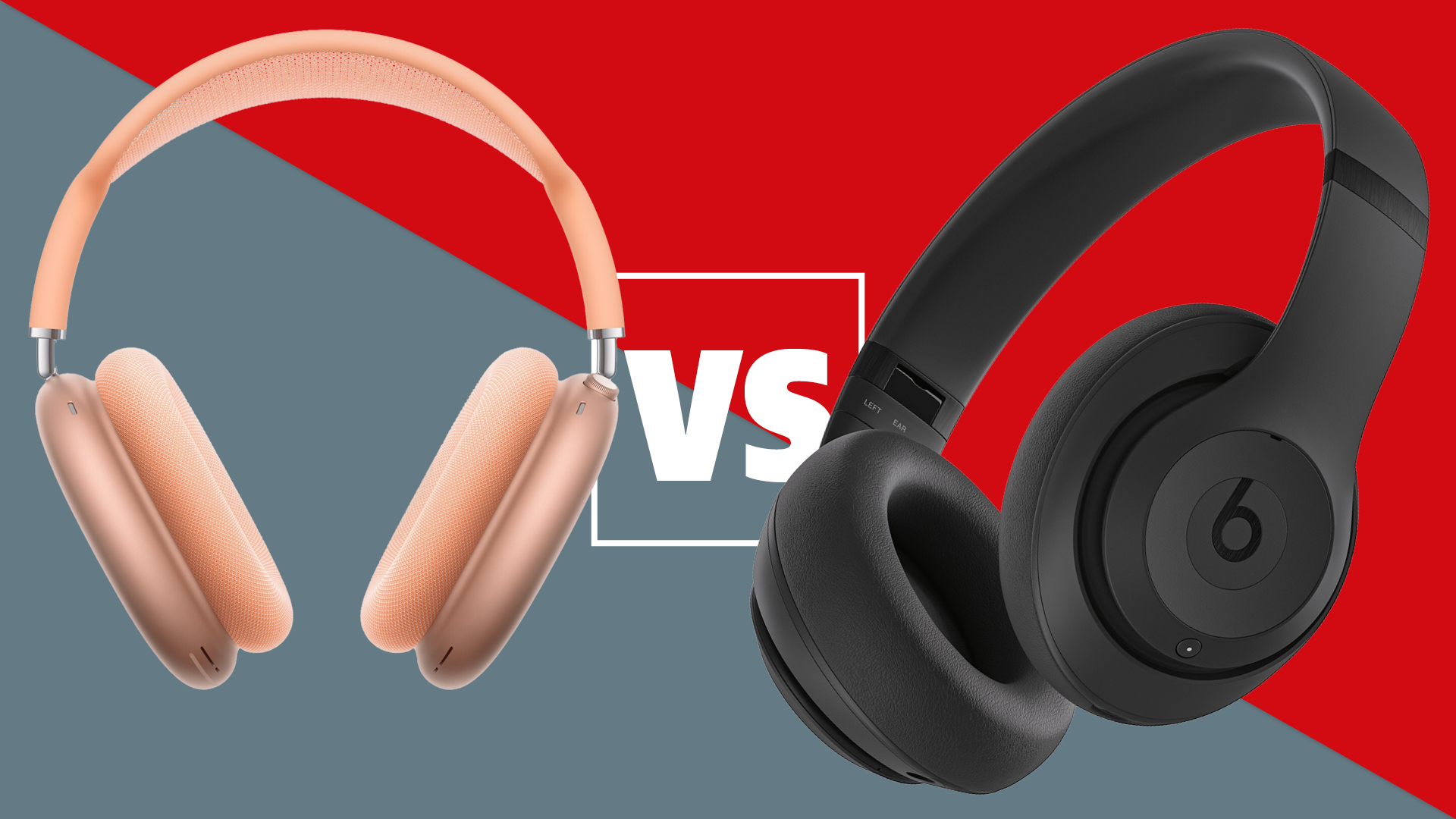When it comes to premium over-ear headphones, few names spark as much excitement as Apple’s AirPods Max and Sony’s WH-1000XM5. Even though Sony recently launched the WH-1000XM6, the XM5 still holds strong as a top contender in the headphone world. In fact, with its refined noise-cancelling technology, luxurious comfort, and superb sound quality, the XM5 remains a solid and sometimes better-value option—especially now that it’s more widely available at discounted prices.
On the other side, the AirPods Max brings Apple’s design flair, seamless ecosystem integration, and Spatial Audio wizardry into the mix. So, if you’re shopping for high-end headphones in 2025 and caught in the middle of this audio face-off, we’re breaking down the key differences to help you choose the perfect pair.
Sound Quality
AirPods Max: Apple’s flagship headphones deliver a balanced and immersive audio experience. With custom 40mm dynamic drivers and dual H1 chips, they offer Adaptive EQ and Spatial Audio with dynamic head tracking—creating a theatre-like effect, especially for movies and Apple Music’s Dolby Atmos tracks.
Sony WH-1000XM5: Sony’s headphones are known for their deep, punchy bass, rich mids, and excellent high-end clarity. With 30mm carbon fibre drivers and LDAC support, the XM5 caters to audiophiles who want high-resolution wireless audio. DSEE Extreme also helps upscale lower-quality music files on the fly.
Winner: If you’re deep in Apple’s ecosystem, AirPods Max’s Spatial Audio is a standout. But if you want codec flexibility, deep bass, and sound customization, the XM5 steals the show.
Noise Cancellation & Transparency
AirPods Max: With eight microphones and computational audio, the AirPods Max cancels ambient noise effectively, especially voices and traffic. Its Transparency Mode is one of the most natural-sounding on the market.
Sony WH-1000XM5: Sony takes noise cancellation to another level, particularly when it comes to lower frequencies like engine rumbles or air conditioning. Features like Adaptive Sound Control and Speak-to-Chat make the experience more intuitive.
Winner: Both are elite, but the XM5 has the edge thanks to smarter features and more refined low-end noise cancellation.
Battery Life & Charging
AirPods Max: Offers up to 20 hours of use with ANC and Spatial Audio enabled. A quick 5-minute charge gives you about 1.5 hours of listening time.
Sony WH-1000XM5: Goes up to 30 hours with ANC on and 40 with it off. Plus, a 3-minute charge gives you 3 hours of playback.
Winner: Sony. More listening, less charging.
Connectivity & Ecosystem
AirPods Max: Flawless switching between Apple devices, but no multipoint pairing. Limited to AAC and SBC codecs.
Sony WH-1000XM5: Multipoint Bluetooth support, wide codec compatibility including LDAC, and works well across Android and iOS. Sony’s app also allows a high level of customization.
Winner: Sony, for its versatility and wider platform support.
Design & Comfort
AirPods Max: Premium feel with a stainless steel frame and mesh headband. But at 385g, they’re noticeably heavier than most.
Sony WH-1000XM5: Lightweight (250g), sleek, and designed for long hours of wear. The soft-fit leather and minimal pressure points make it ideal for travel or all-day use.
Winner: Sony, for comfort and wearability.
Style & Colour Options
AirPods Max: Available in five fun colours—Sky Blue, Green, Pink, Silver, and Space Gray. Very Apple.
Sony WH-1000XM5: Comes in understated Black and Silver finishes. Clean and professional.
Winner: AirPods Max, if colour matters to you.
Final Verdict
- Pick AirPods Max if you’re already using a Mac, iPhone, and iPad, and you want a beautifully designed pair of headphones that fits perfectly into your Apple universe.
- Go for Sony WH-1000XM5 if you’re all about sound performance, comfort, longer battery life, and device flexibility—especially now that the XM6 has made the XM5 more affordable.
No matter which you choose, you’re getting one of the best audio experiences available in 2025. Just be sure to match your pick to how and where you plan to use them.




